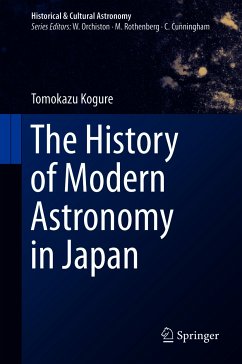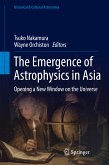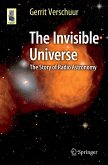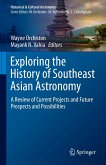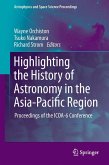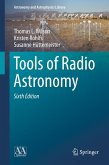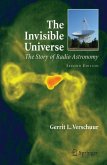This book introduces readers to the state of astronomy back to the Tokugawa era (18th - 19th centuries), when the chief task of astronomers was limited to the calendar making. With the so-called Meiji revolution (1868), the situation drastically changed. The Meiji Government promoted the modernization of Japan by hiring numbers of foreign instructors in political, social, and cultural affairs, including Construction of Observatory and University. Then the foreign studies of Japanese researchers lasted for many years. After the Second World War, Japan experienced great social and economical growth allowing the constructions of large optical, radio, and space instruments. With this background astrophysics progressed and eventually flourished. The book ends by highlighting Japanese contributions to international collaboration up to the early 21st century.
Readers of this book will understand how astrophysics has grown into one of the major sciences in Japan, and how the works of individual astronomers are contributing to the global advancement of knowledge of the universe.
Dieser Download kann aus rechtlichen Gründen nur mit Rechnungsadresse in A, B, BG, CY, CZ, D, DK, EW, E, FIN, F, GR, HR, H, IRL, I, LT, L, LR, M, NL, PL, P, R, S, SLO, SK ausgeliefert werden.
"The book abounds with portraits of nearly forty Japanese gentlemen, with detail of their education and careers, together with clear, well-illustrated, well-referenced, concise summaries of their astronomical achievements. ... I was generally impressed. After a slow start in the 19th Century, we read an intriguing story of just what an industrious and hard-working nation can achieve." (David W. Hughes, The Observatory, Vol. 141 (1285), December, 2021)

